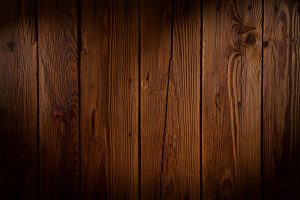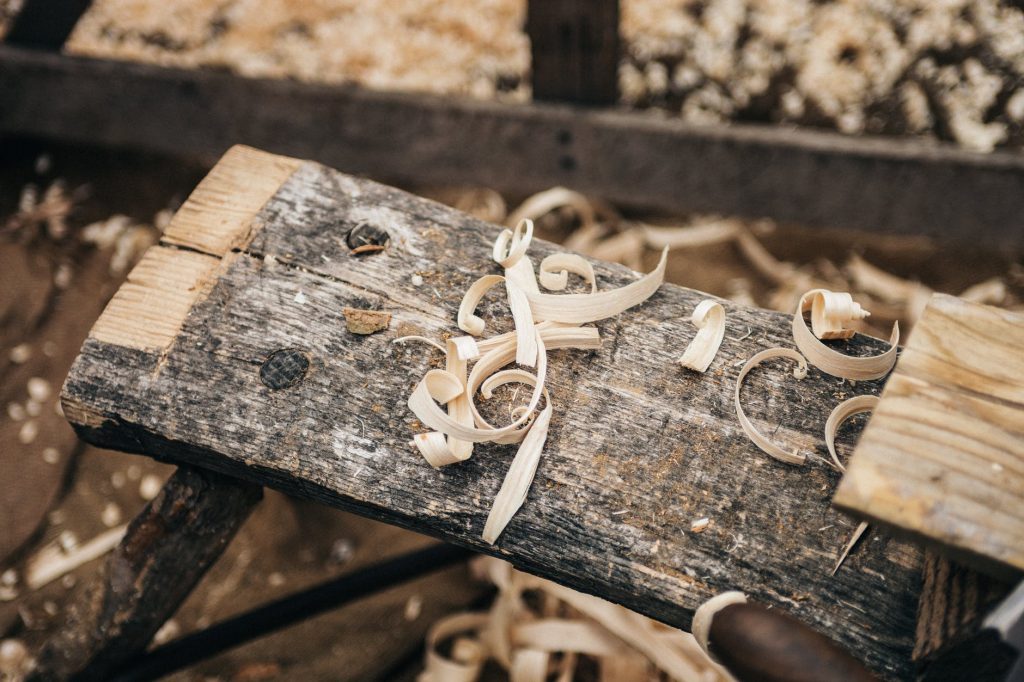We have all heard about the green movement and the importance of reducing our carbon footprint. We’re quite aware of the idea of environmental-friendly buildings. In fact, being ‘green’ is one of the best and unique selling points to get just about anything nowadays.
Conventional timber surely fits the eco-friendly profile, and which makes them very popular for construction purposes. Adding to this is the fact that showing raw timber on the facade of a building is a trend that have been in the market for the past few years. Traditional timber, however, isn’t without its downsides.
The case of Standard timber
We know that it was acquired by cutting trees as well as the lumber we get out of it could not actually be of a specific form and size. Buildings require a specific size and form of lumber to encourage them and a lot of classic timber get wasted in the procedure. Put another way, the volume of timber cut is abysmally full of proportion to what’s really being used in structures.
Engineered wood product- a fantastic choice
The engineered timber product was an automatic response. Not only did it prevent wastage but in addition, it introduced features which made it functionally and aesthetically more competent. The engineered timber product is a great example of renewable substance, as it is not ready by depleting any resource. Ironically, engineered lumber products are priced lower than traditional lumber. With this, we can certainly says the days of calling for the conventional timber mentioning its cost-effectiveness is all but over.
Illegal hoarding and distribution
Any item that does good business attracts the eye of a couple of dishonest men and women. There is always the fear of rampant cutting of woods and prohibited hoarding and supply of timber for the groundwork of engineered wood products. That is why it is important for the producer, distributor and the purchaser to tread carefully in this regard.
Double-check the paperwork and quality stamps before purchasing
Never buy your product without double-checking the paperwork. The products that we sell at FA Mitchell don’t only come with a verbal guarantee of ‘Certified’, but each piece is also audited by the Engineered Wood Products Association of Australasia (EWPAA) and stamped for the same in the veneer face.
Always look for written documentation concerning the sustainability of the timber you are buying. Where’s the wood sourced from and who treated it before reaching you? Has it undergone a battery of crucial tests? Does it adhere to the a variety of quality parameters and meet industry standards? These are only a few among the many questions you need to ask yourself.

Overseas distributors may be selling products that are poor
In present times, some overseas vendors are cashing in on the lacklustre attitude of a few buyers. Even though a majority of buyers are alert, some really don’t want to go too much into what I refer to as “Due Diligence”. Asking questions like,”where is your timber sourced from?” Is important since it helps you discover if it is sourced from accredited local plantation forests.
For all you know, your engineered wood product could just be reaching you through an international distributor after it’s changed hands many times in Asia. It might have been originally made in Bali or Indonesia or Singapore and has not experienced the zero formaldehyde emission evaluation test at all.
It might not be produced to Australian Standard As/NZS 2269, or it may be of extremely low quality. It can only be one of those bits where the less you talk about durability, the greater. On the other hand, there are companies- and we take pride in believing we are among these – in which even the clipboard (particleboard- traditionally poor in construction ) are of a high quality and come with a decorative pre-laminate board.
Plywood is a versatile product
Plywood is used in a host of locations including the interior and the exterior locations. It is necessary for boat hulls and pontoons (marine ply) in the same way that it is needed for observable timber cladding, ceiling, wall, inner liner of cabinets and furniture, to name a few. What exactly is sustainable for a single location or area may not be sustainable for another. By way of instance, plywood used in a humid area needs to be moisture-resistant. The only way a buyer can win is if he’s about to buy from the ideal supplier.




